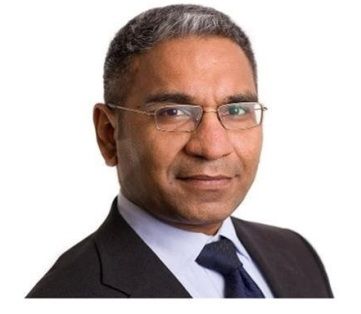ECB President Draghi and the doves have one of three pieces of information to bring into line ditherers/fence sitters as well as hawks toward QE.
Draghi can use the weaker than expected print of -0.2% for EZ inflation to justify action on Jan 22 especially as persistence of lowflation will make it difficult for the ECB to fulfil its mandate.
The other two pieces of information will come in the form of:
1) the ECJ preliminary assessment of the OMT on Jan 14 and
2) a lack of any real pickup on the ECB’s balance sheet especially as €128bn of 3y LTRO loans will mature this quarter.
Whether QE is the right answer to low growth and inflation does not matter for a market that is moving toward being addicted to additional CB stimulus.
The focus in the early years of the QE trade was more on equity markets than bonds but the trend toward QE has been having a bigger impact on fixed income. While markets might worry about valuation, the fact is that none of the major central banks are removing policy accommodation, with the Fed and BoE simply having stopped injecting additional stimulus.
The QE baton has passed onto the ECB and BoJ with the former likely to start the process on Jan 22. Even China is expected to join in with rate/RRR cuts during Q1; but unlike 2008/09 the emphasis will be on targeted and smart stimulus.
What we, and global policy makers, will be doing is reassessing the assumption that the decline in oil prices is simply a function of supply. It’s tempting to look at the data and favour this explanation but we should no longer rule out the prospect that lower oil and bond yields reflect:
1) an early warning of downside to global growth
2) mounting disinflation/deflation risks or
3) a sharper than expected slowdown in China.
Until there is greater clarity on these issues it seems unlikely that:
1) a patient Fed will want to signal increasing hawkishness
2) the BoE will want to adjust market expectations that see a 50-50 chance of a rate hike this year and
3) other central banks such as Riksbank/Norges Bank/RBA will either ease policy further or adjust toward a lower rate profile.
The answer we might find is not on further monetary policy stimulus but good old fashioned boost to aggregate demand through fiscal policy even if it is focused on investment.
The pop below US$50 per barrel on Brent on Wednesday was enough to help 10-year Bund yields hit another record low with March Bunds trading as high as 157.26. But once EZ inflation data was released it was a case of ‘buy the rumour, sell the fact’ as Bunds weakened.
The correction back below 157 on March Bunds was aided by oil moving back above US$50 on market chatter over the Saudi King’s demise which was later said to be a hoax. Given that 10-year Bund yields are some 2bp up on Wednesday the price action on periphery debt was simply in keeping with this move.
